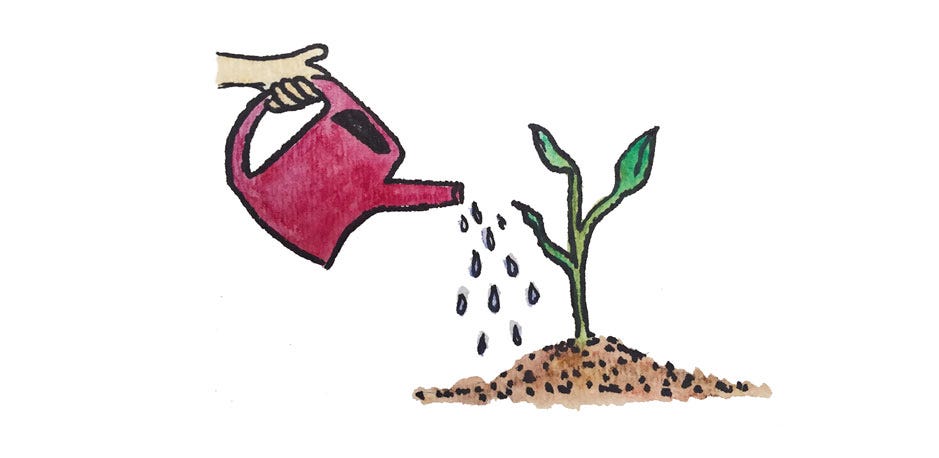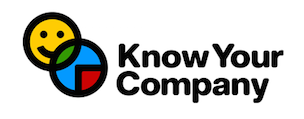
“How do you actually influence company culture?”
This is the big, hairy question I often get asked by CEOs, managers, and employees alike. The other week, I posed it at the end of my most recent piece, The Culture Cliché.
In that piece, I shared how the fundamental, core element of culture are our basic underlying assumptions. That is, the things we actually believe — but might not always say or outwardly show — are what determines our company culture.
As a result, the key to influencing culture is tapping into those basic underlying assumptions: Listening to them, responding to them, and acting according to them.
But what does that tangibly mean? Can you affect or influence others’ basic underlying assumptions, to begin with?
Yes and no.
Yes, basic underlying assumptions can be affected.
But no, they can’t be outright changed. You can’t manipulate someone else’s basic underlying assumptions. Employees are not malleable objects for leaders to shape. Each person has her own intrinsic, worthwhile desires and beliefs — and that’s not for you as a leader to try to mess with.
Instead, what you can do is to focus on creating an environment where employees can choose to shift their basic underlying assumptions in line with what feels right to them.
Let’s talk about what this practically looks like.
There are three parts to creating an environment where the kind of basic underlying assumptions you want — and ultimately, the kind of company culture you want — can come into fruition:
Personal accountability
You must model the behaviors and basic underlying assumptions you want to be true. One of the greatest shortcomings of a leader is wanting others to do something when she doesn’t practice it herself. For instance, a manager often doesn’t admit her own weaknesses, but expects employees to be upfront and forthcoming about mistakes that happen in the company. See the disconnect? Whatever basic underlying assumptions you desire to be deeply rooted in your company, you must exhibit those basic underlying assumptions yourself, first.
As the leader, you should be the living embodiment of the basic underlying assumptions you want your culture to have. You should be consciously and intentionally speaking and acting in a way that shows people, “This is important to me.”
Consistency
Your desired basic underlying assumptions won’t be made true unless they are consistent. Basic underlying assumptions are solidified when you act consistently upon them.
Say you want honesty and transparency to be a basic underlying assumptions within your company’s culture. You decide to hold an all-hands meeting every month where you cover high-level financials, company goals, accomplishments, and answer employees’ questions. Seems like it’d be an effective initiative to establish that honesty and transparency are a basic underlying assumptions within the company.
But here’s the missing piece: Is it consistent? Do you hold those all-hands meetings every month, regularly? Or has the frequency of those meetings tapered off so now it’s every 2 or 3 months…or just whenever you remember to have them.
If it’s the latter, you’re falling short of creating an environment where those basic underlying assumptions can be strengthened.
Consistency determines whether or not this tenet of your culture is fleeting, or here to stay.
Richness
Being consistent alone in how you demonstrate your basic underlying assumptions isn’t enough. You must think about the richness of how you’re communicating these basic underlying assumptions. Are you using a variety of channels, means, and mediums to show that this is something that’s important for the team to embrace and embody? Or are you just relying on one?
For example, it’s not enough to just hold the all-hands meetings and assume that’s the only way to foster honesty and transparency within the company. Consider that some people might not feel comfortable speaking up in front of the rest of the company… so you’ll want to make sure you’re also doing one-on-ones. But don’t also merely assume that a one-on-one is enough of an opportunity for someone to speak their mind. Perhaps that person doesn’t always feel comfortable directly addressing that particular manager. Make sure you provide other opportunities for your employees to speak up, be it at group lunches, coffees get-togethers, CEO office hours, or an all-company survey.
The richness of how you communicate, the varying formats and mediums, helps dictate if the basic underlying assumption is truly what it should be: foundational.
Now this is no grand formula by any means for creating the culture that you want. Shaping a company’s culture and tapping into a team’s basic underlying assumptions is more art than it is science.
But consider these three elements — personal accountability, consistency, and richness — in how you’re upholding the basic underlying assumptions you want to make more real.
Pick one, commit to it, and see progress build over time. Slowly, but surely, you’ll see the difference.
I wrote this piece as the latest chapter in our Knowledge Center. Each week, we release a new chapter on how to create an open, honest company culture. To get each chapter sent straight to your inbox, sign up below…

P.S.: Please feel free to share + give this piece 👏 so others can find it too. Thanks 😊 (And you can always say hi at @cjlew23.)
How to influence culture was originally published in Signal v. Noise on Medium, where people are continuing the conversation by highlighting and responding to this story.







